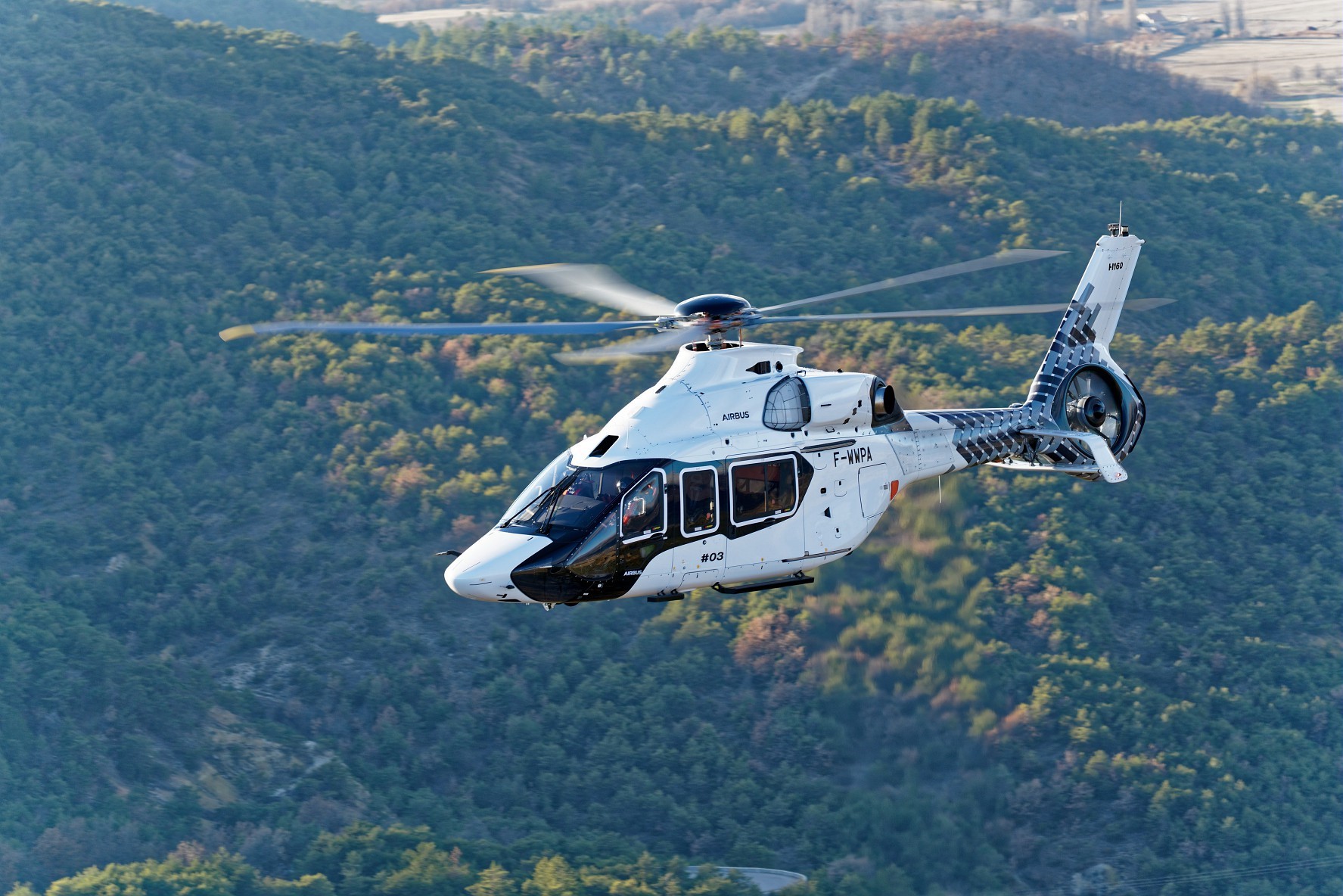Safran Helicopter Engines has received a type certificate for its Arrano turboshaft engine from the European Union Aviation Safety Agency (EASA), and is expecting a similar approval for the Aneto in July. The engines power the Airbus H160 and the Leonardo AW189K helicopters, respectively. Meanwhile, increased production at the company’s Bordes, France, factory indicates a recovery in helicopter sales worldwide.
The Arrano-1A, which will equip Airbus’s in-development medium twin, will be highly mature at entry into service next year, according to Florent Chauvancy, Safran Helicopter Engines’ executive vice president, OEM sales.
Some 10,000 hours have been logged on the ground, in addition to 2,000 flight-test hours between Airbus’s three H160 prototypes. The delayed inception of the aircraft, due to technical issues as well as a slow market, is facilitating an approach under which teething troubles are identified before deliveries begin.
Safran promises enhanced maintainability for the engine (officially launched in 2012), which will spend “40 percent less time over its in-service life” in workshops than previous generations of engines, thanks to increased times between overhauls and digital monitoring, Chauvancy said.
The engine OEM will hand over “between zero and 20” examples of the 1,280-shaft-horsepower engine this year. Safran hopes the Federal Aviation Administration (FAA) will follow EASA and certify the Arrano a few months after the European regulator. The program was launched in 2012.
The Aneto-1K, to power the beefed-up AW189K super-medium twin, is about to complete testing, said Chauvancy. The aircraft, after some “hot-and-high” trials in Colorado this summer, is expected to be certified by year-end. The 2,550-shaft-horsepower turboshaft uses the RTM 322’s architecture, with new components and materials for better performance and durability, said Chauvancy.
It is the first time Safran has developed such a powerful engine on its own, having previously designed such engines jointly with manufacturers such as Rolls-Royce, he said.
Last year, the company produced 820 engines, a 15 percent growth over 2017. As a result, its market share increased, at a calculated 37 percent (from 33 percent the year before), with sales of the Bell 505 Jet Ranger X a major factor, according to Chauvancy.





